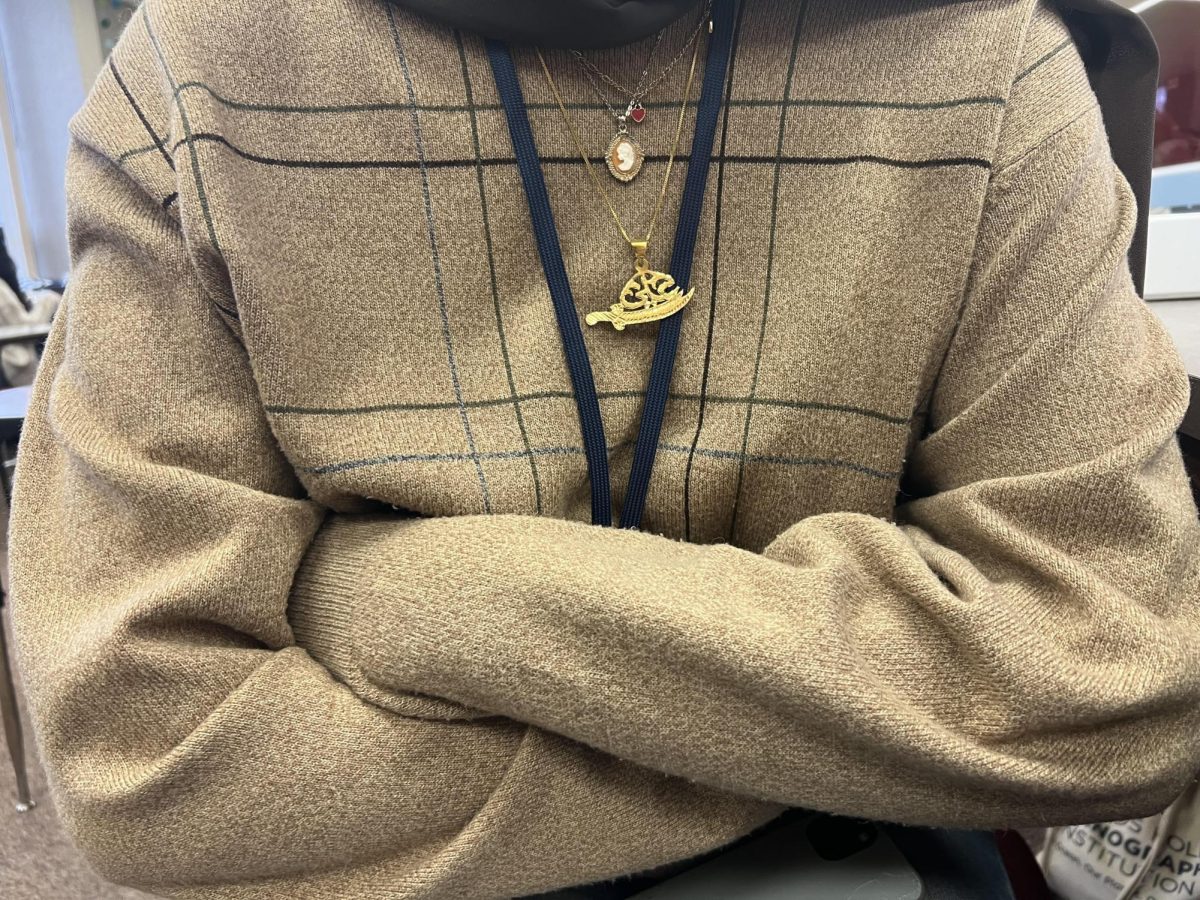There are over 7,000 languages in the world, yet one can be understood worldwide. Body language is the nonverbal gestures that are a part of the communication process.
Communication has been a part of human interaction since the beginning of time. According to University of California psychology professor Albert Mehrabian, communication is divided into three parts. This is known as the “7-38-55” rule. The rule states that seven percent of communication is spoken words, 38% is voice and tone, while 55% is body language. These gestures can be conscious and subconscious movements–like crossing one’s legs, avoiding eye contact, or tapping one’s fingers.
Body language can be categorized into two reaction types: negative and positive. Negative reactions show disinterest, lack of confidence, unhappiness, or any negatively associated emotion. This may be seen in the workplace with dissatisfied customers or upset colleagues. They may have their hands crossed and avoid eye contact, indicating they are upset. On the other hand, positive reactions show confidence, happiness, and being engaged. People watching a sports game or attending a concert display positive body language by smiling or waving their hands in the air, designating excitement. Noting the significance of body language can be beneficial to each individual.
People are constantly focused on their appearance to the outside world. Understanding body language makes it possible to “fake it till you make it.” A shy person may go into a job interview very nervous and unprepared, making it more likely for him or her to not get the job. By putting positive body language into practice–like maintaining eye contact, having a firm handshake, and sitting up straight–the person will appear far more confident. This slight change can increase the chances of getting hired.
Elkhart High School senior Alya Zepeda says, “When I went into my first job interview, I refrained from playing with my hands so I wouldn’t appear nervous, even though I was.” By adapting her body language to fit the situation, she was able to get the job. Conversely, noticing others’ body language allows a person to tailor oneself to them. When people are emotional in any sense–happy, mad, sad, or anxious–their body will give it away. Observing this permits oneself to fulfill the needs of the other person. For example, when someone is avoiding eye contact and looking down at their hands, it is safe to say he or she may be sad. Now that this has been noted, it is easy to help that person by asking if he or she is okay.
It is undeniable that body language is present in everyday communication. Comprehending this is advantageous for daily life. As Austrian philosopher of language Ludwig Wittgenstein once said, “The human body is the best picture of the human soul.”


























